Spring is sprung, the grass is riz, I wonders where the birdies is. —unknown genius poet
Ode to Joy
It was a sad Spring here in a few respects. Besides the usual lingering depression from the long gray winter months; doom scrolling the news of war, disease, & famine; navigating rising inflation, et cetera… we had to say goodbye to one of our dogs. We adopted Joy as a middle-aged dog and she gave us unwavering devotion and mountains of vacuumable dander-y fluffiness during her nearly 7 years with us. She was a conscientious therapy dog, had an insatiable appetite for treats, loved to be dressed up in costumes, and demonstrated the patience of a saint in her last arthritic weeks. She turned 13 years old on April 1, and made such a rapid decline that by April 3 we had no choice but to bring her to the pet hospital and let her go to where very good dogs go in the afterlife. R.I.P. old girl.
More Victory Garden
The aforementioned Victory Garden YouTube rabbit hole (mentioned in this post) led me to “The Wartime Kitchen and Garden” series. Filmed in the 1990’s for the BBC, it is a historical re-enactment/ documentary in bite-sized episodes about the British home front during WWII, specifically all things food (victory gardens, rationing, food preservation, austerity recipes). Definitely worth your time if you like that sort of thing, and the crusty old no-nonsense stiff-upper-lip hosts made me smile.
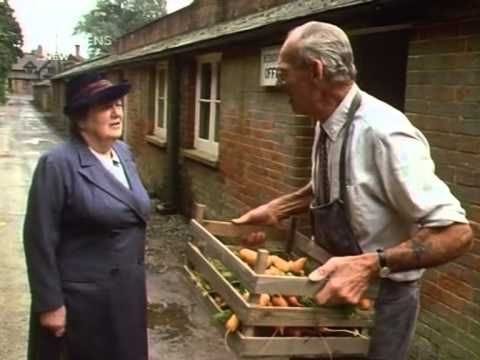
I also was inspired by the series to try out some foraged foods this season. We have an abundance of nettles in our yard, which are apparently a nutrient-dense plant that can be substituted for spinach. I scoured the used book corners of the internet and found a reproduction copy of Food Facts for the Kitchen Front from 1941, and intend to try the recipe for Nettle Champ (an Irish potato dish).
Another fun fact from the series: the U.S. sent seeds to Britain in 1942, but though well-intentioned, they were not appropriate for the island’s garden zones. So the victory gardeners of England were presented with squash and corn seeds, with which they were unfamiliar and which they couldn’t successfully grow. Oh dear.
An Abbreviated History of Potash
A useful crop of tomatoes must have a goodly supply of potash. — Harry Dodson, The Wartime Kitchen and Garden
Potash had been among the recent headlines related to Ukraine. It was a word I didn’t know, and here was this experienced gardener touting its importance. Were my tomatoes suffering for the lack of this? So like any good nerdy type, I followed another rabbit trail. Come along for the ride…
Potassium derives its name from potash, which in ye olden days was made by soaking plant or hardwood ash in a pot of water. It could then be used with or without manure as agricultural fertilizer. The making of it was a common household task. In the late 18th to early 19th century, the U.S. went big, as is our custom, and cleared hardwood forests (insert ecological sad face) in preparation for farmland, then burned the wood for ash that was exported over the Atlantic to be used for potash and lye.
As agriculture industrialized & globalized over the centuries, larger sources of potash were needed for fertilizer. Potassium salts from seawater evaporation and mining operations are the main sources today. It is this mined potash that is a major Russian export, and is therefore no longer going to be available to some countries who are large agricultural producers and exporters. Russia is the 2nd largest potash producer after Canada, followed by, um, Belarus and China. (Hi Canada, have we mentioned we love you?)
So in addition to global grain & cooking oil shortages, port blockades limiting the export of existing grain & sunflower seeds, reported theft of grain from Ukraine, mined and war-torn fields unfit for planting, and existing famine conditions in large parts of the world… we need potash, people! For our little patch of tomatoes here at home, I may be mixing up my own potash this year. Just to see if Harry was right.
On to the Blooms
The good news being that I think we may actually be past our last Spring frost. We have sudden summer temperatures here in Michigan this week and no cold fronts in the forecast. Since we didn’t end up starting many indoor seeds, we’ll take a chance and plant most of our seeds in ground. Phillip has been prepping the garden, and today put on a layer of “dairy doo” manure.
On Orthodox Easter, we planted peas, spinach, arugula and buttercrunch lettuce, kale, and potatoes (the Fall potatoes had rotted in the ground, alas). The seedlings that we started under the basement grow light and on heat mats have been hardening off on the front porch (squash, tomato, melon, eggplant, cucumber, peppers).
Our magnolia tree is showing off, May flowers are resplendent in the sudden sunshine, and there’s a fresh layer of mulch on our lawn-less front yard. Happy Spring!
How is Spring where you are? What are you planting, inside or out? Do you forage for local plants? Are you a smarty pants who already knew all about potash? (If so, tell me more! And do tomatoes really need it?) Let me know in the comments or by responding to this email. I’d love to hear what you have to say!
Happy gardening!
—Erin, in Michigan





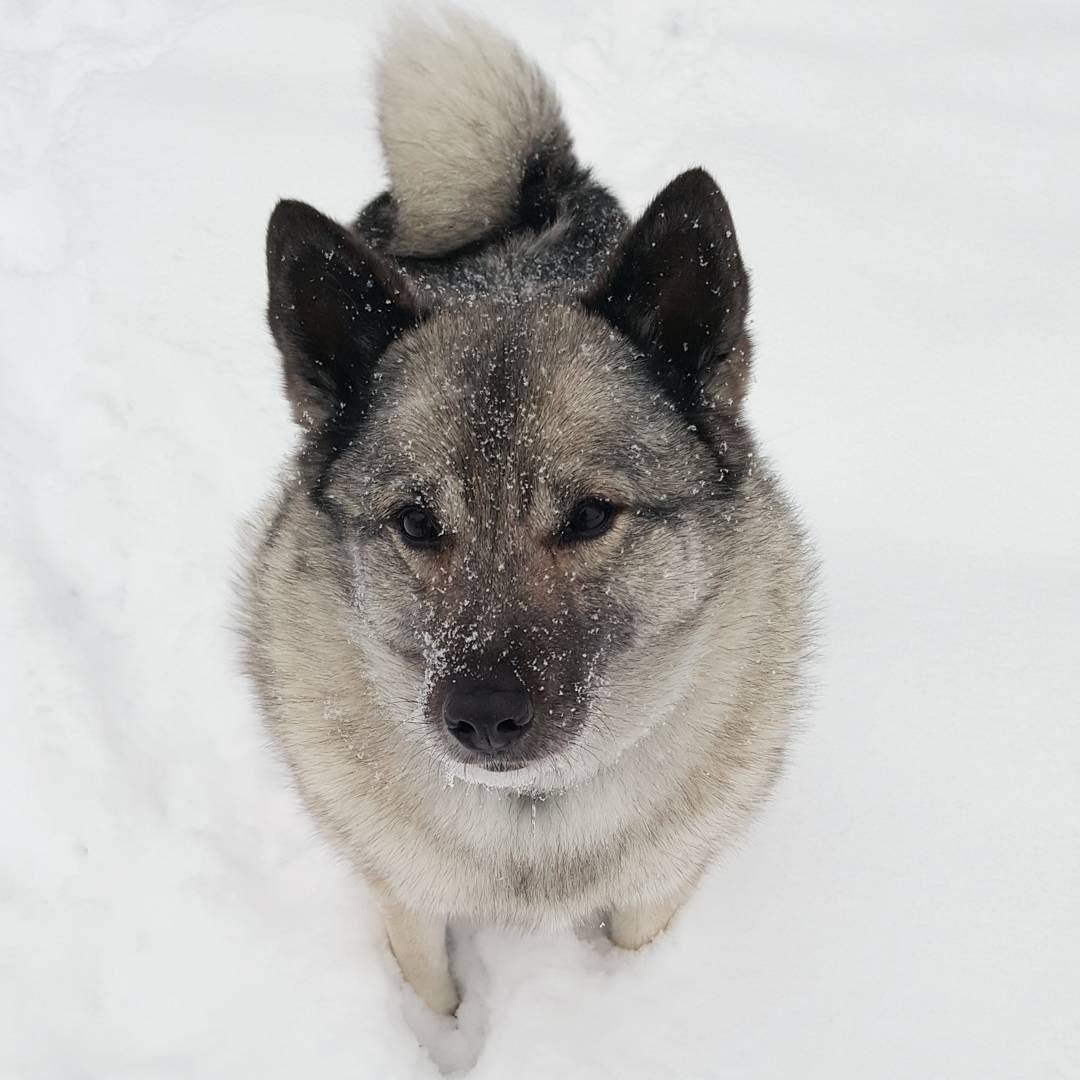

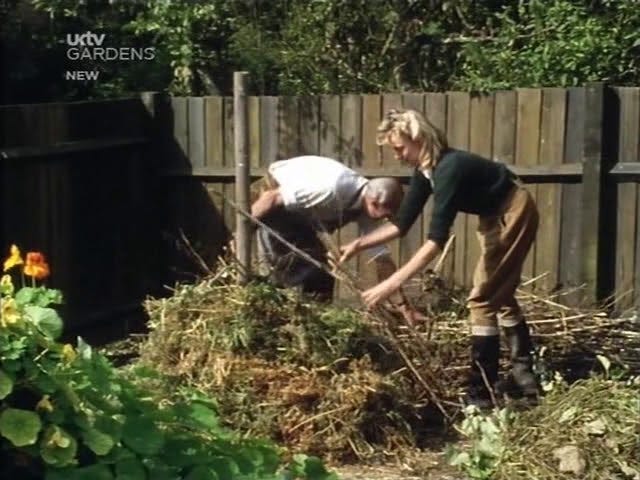



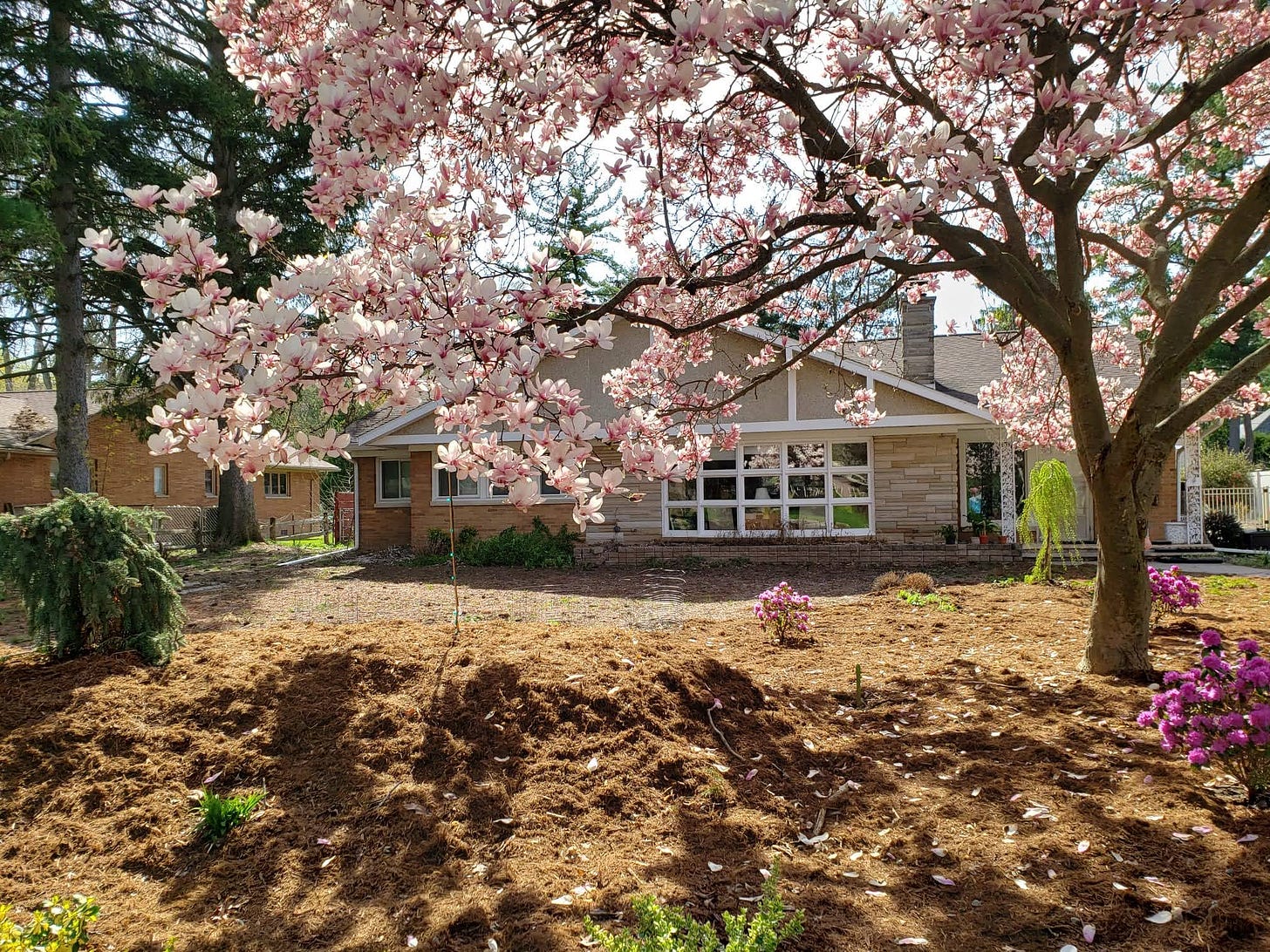
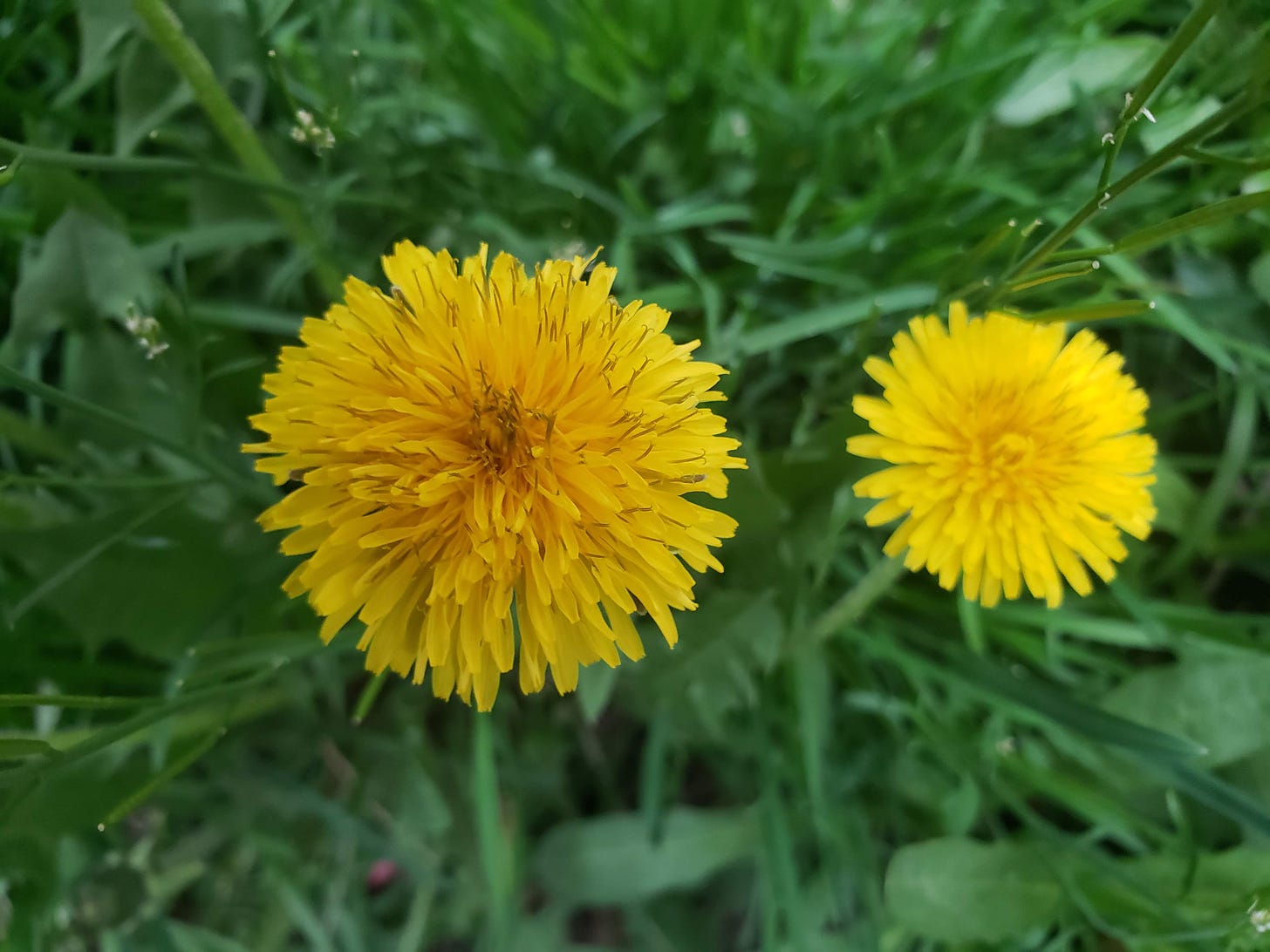
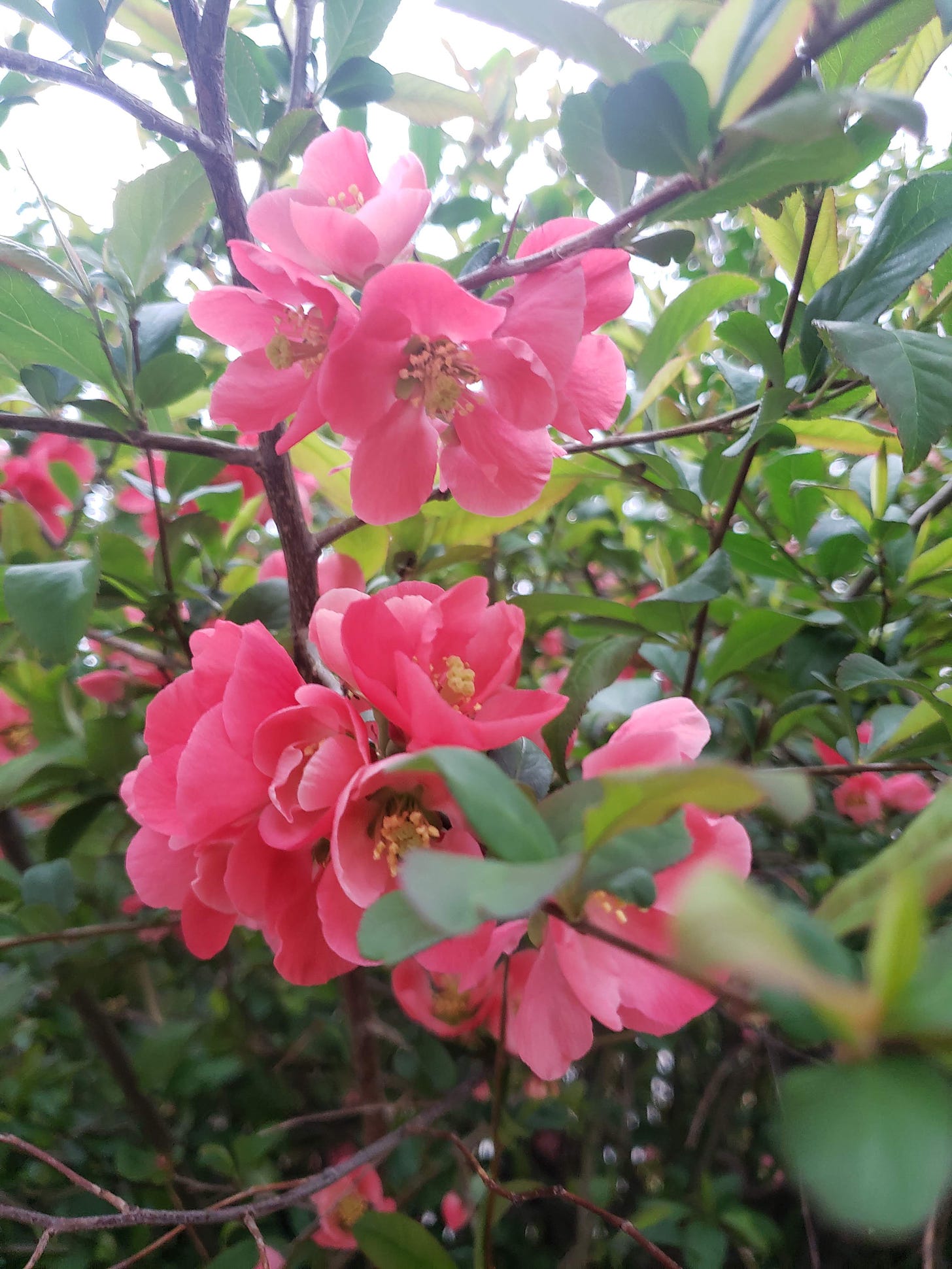
So interesting to read about potash, thanks for sharing. I wasn’t aware of the problems here, but I shouldn’t be surprised, as I was aware of the exact same issues surrounding Phosphorous (which is also an essential ingredient in fertilisers). We’re expected to reach Peak Phosphorous in just a few years, and potentially run out entirely within the next century…
https://www.sciencedirect.com/science/article/pii/S095937800800099X?via%3Dihub
All of which is SO CRAZY and SO TYPICAL - the human race gets by for millennia producing all the nutrients that their crops require by working with nature, recycling organic waste into nutrient-rich compost. Then someone discovers there’s a shortcut (that will make them a lot of money), and just like that the whole world pivots to a heavy reliance on non-renewable chemical products mined and produced by a tiny handful of multinational agrochemical companies. Go figure.